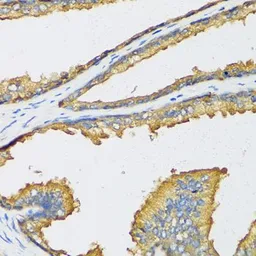CXCL11 antibody
Cat. No. GTX53969
Cat. No. GTX53969
-
HostRabbit
-
ClonalityPolyclonal
-
IsotypeIgG
-
ApplicationsIHC-P
-
ReactivityHuman
